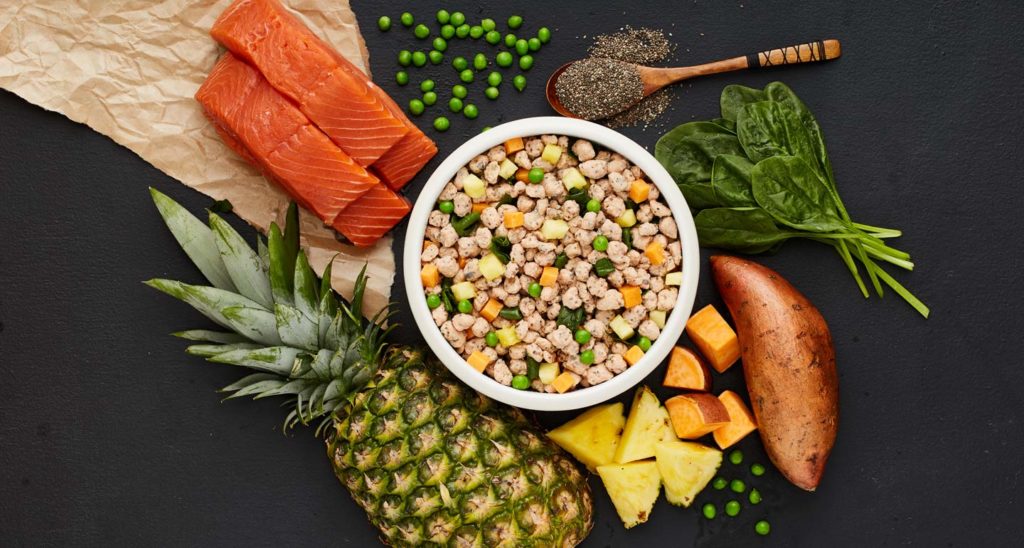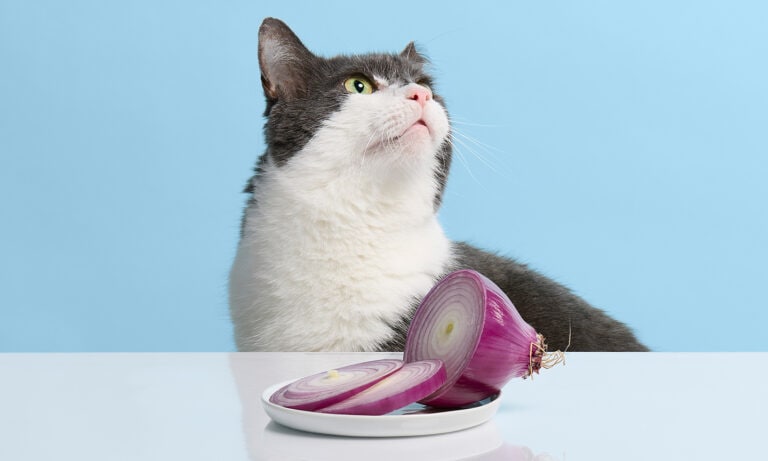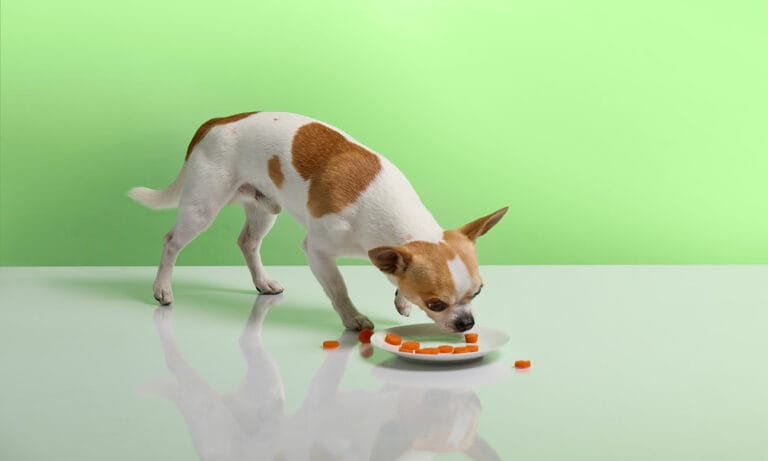Consider this scenario: After seeing your dog’s veterinarian for an annual preventative care visit, you are motivated to turn over a new leaf as far as their diet is concerned. One of your friends feeds only “human-grade” dog food, and you are wondering if human-grade dog food is good for dogs and if this could be the best choice for your pet.
In order to make an educated and informed decision when it comes to human-grade dog food and the best human-grade dog food brands, you’ll need to understand the guidelines set forth by the governing bodies that regulate our pet’s food.
What Is Human-Grade Dog Food?
Defining what human-grade dog food actually is can be a million-dollar question.
The US Food and Drug Administration (FDA) is responsible for the regulation and safety of animal feed on a federal level and does not have an official definition for human-grade pet food or offer a human-grade pet food verification process.
However, the Association of American Feed Control Officials (AAFCO), which is a voluntary membership association of local, state and federal agencies to regulate the sale and distribution of animal feeds and animal drug remedies, published Human-Grade Standards for Pet Products in August 2017 to set their own labeling standards for human-grade pet food.
Manufacturers whose operations meet these standards are eligible to receive certification from the United States Department of Agriculture (USDA) and can use the term “human-grade” on pet products.
To be considered human-grade dog food by AAFCO and the USDA, all four of the following standards must be met:
Each ingredient is fit for human consumption.
Every ingredient and finished food is stored, handled, processed and transported in a manner consistent and compliant with current good manufacturing processes for human edible foods in Code of Federal Regulations Title 21 Part 117.
The manufacturing facility is licensed to produce human food by the appropriate authority (local, county, or state public health authorities).
A pet food with human-grade claims must be labelled for its intended use (e.g. dog food).
What is technically considered a human-grade pet food varies with locality, manufacturing standards and ingredient sourcing.
All kibbled pet foods are considered feed-grade; no dry food manufacturer has met the standards for their facility to meet human-grade status. All canned foods are feed-grade and are manufactured in a pet food plant. Some moist foods (in tubs), dehydrated and raw foods (freeze dried or frozen) are considered to be human-grade dog food and others are not.
In theory, for human-grade dog food, every ingredient and every supplement is human edible, which means you could eat the dog food.
What Is Feed-Grade Dog Food?
Feed-grade dog food, on the other hand, is made up of material that has been determined to be safe, functional and suitable for its intended use in animal food. It is handled and labelled appropriately and conforms to the Federal Food, Drug, and Cosmetic Act, unless expressly permitted by the appropriate state or federal agency.
As you see, these guidelines are a lot looser than human-grade, and a wide variety of ingredients qualify to be included as feed-grade dog food. These dog foods may contain some human-grade dog food ingredients and/or some feed-grade ingredients in any balance.
Is Human-Grade Food Good for Dogs?
If a dog food is labeled as human-grade dog food, it does not necessarily mean the dog food is healthier or safer for the pet.
Generally, most of the better dog food brands do use high-quality sources—particularly protein ingredients—which is what makes them better dog foods, but this does not necessarily mean that they meet human-grade dog food standards (since they may have been produced in a pet food facility).
Additionally, some ingredients that are good for humans are not good for dogs, and some ingredients which humans would not eat are very appropriate for dogs to eat, such as the meat extracted from poultry bones after they are mechanically separated for human consumption. While this meat is not considered human-grade, it is perfectly safe and appropriate for feeding animals.
Human-grade dog foods do have the benefit of meeting USDA standards for human foods, which means the source of meat is likely to be of a higher quality compared to feed-grade pet foods. However, the USDA does have different grades of meat—such as prime, good, standard, canner, etc.—and there is no distinction of which of these grades of meat are actually being used in human-grade dog foods.
The short answer to this question of whether human-grade dog food is good for dogs—it depends. Just like any pet food decision, close inspection of the brand and product is recommended.
Human-Grade Dog Food Brands
As we have discussed so far, there are high standards that need to be met to be able to produce and call a pet food product “human-grade pet food,” and there are not too many human-grade dog food brands on the market that meet these requirements.
One brand that offers human-grade dog food is JustFoodForDogs. Their fresh frozen dog food is made with all human-grade ingredients, which are prepared in licensed human food facilities.
Other dog foods may also meet these requirements, but it may require some extra research on your end to verify that the human-grade dog food meets all of AAFCO’s standards; pet food packaging may omit whether their facility was licensed by local authorities and if federal food regulations were met during manufacturing. Any dog food company that advertises their dog food as being human-grade without meeting AAFCO’s standards is making an unqualified claim and is misbranding their product.
Will your dog be healthier if you feed a human-grade dog food? Maybe, but only if you choose a high-quality, AAFCO-certified food produced by a reliable and reputable manufacturer.
Share:









